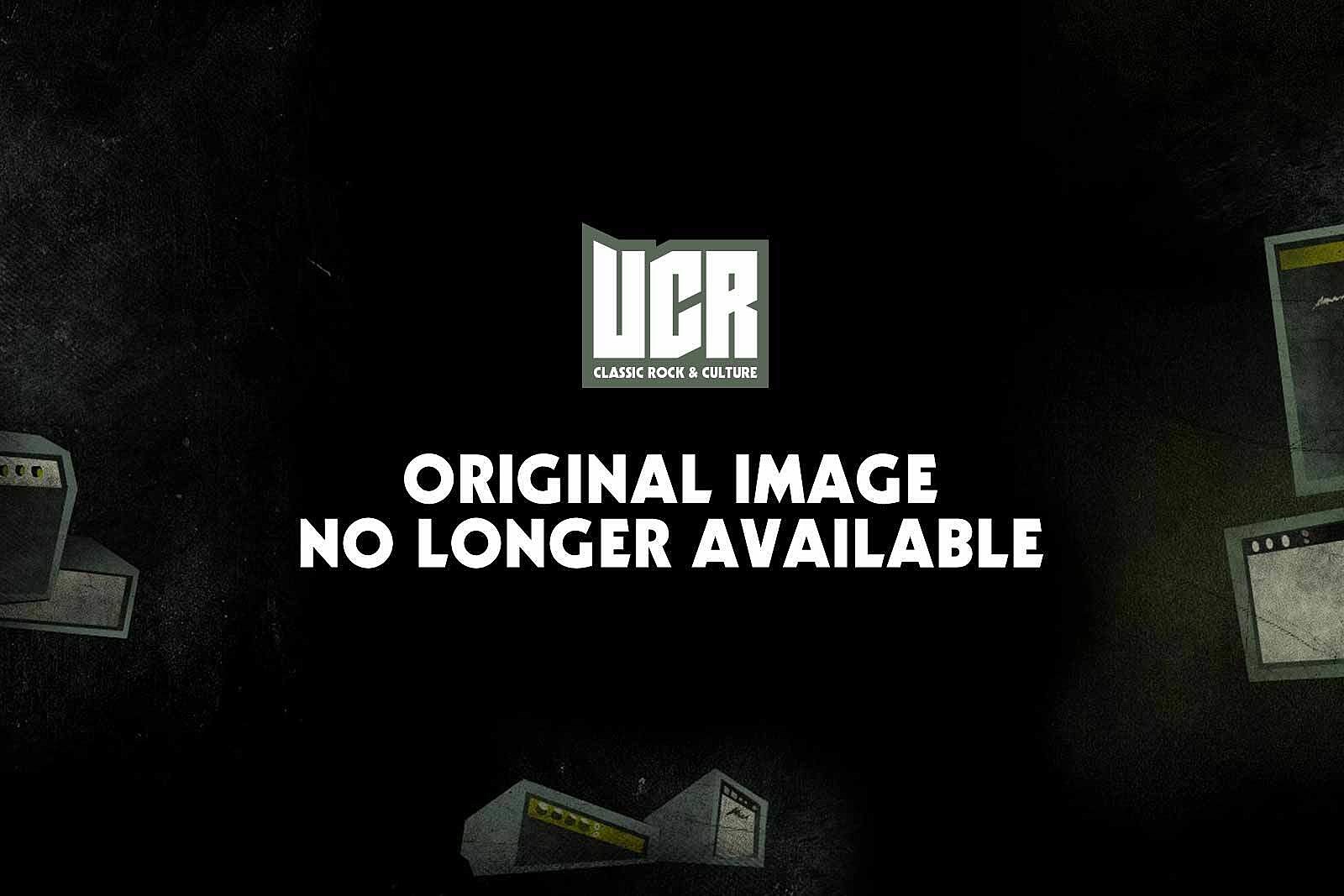Like any technology, the details are in the implementation.
Phonographs are great tech, as long as you have a preamp with EQ compensation that's written to the RCA spec and a needle capable of puling the sound from the platter. Ferro-magnetic tape is fine, as long as you have the proper speed set and head alignment. MP3/AAC s fine, provided you have the proper bitrate and an advanced encoder.
Personally, I like listening to the remastered DTS 5.1 encoded music that plays during the end-credits of movies. It's cool to hear well mixed, remastered oldies with positional audio. I wish all music were made available in that format.
Not always. Listen to the Beatles back catalogue in Mono, as most of it was intended, it jumps out of the speakers. Listen to a 70s or 80s vinyl album, even on a fairly cheap Hi-Fi system, and it makes CDs sound dull and over processed. I bought into the CD hype and sold all my vinyl. I have spent the last 18 months replacing all my music on vinyl and when I want to sit down and listen to music properly there is nothing to match the experience. I have an MP3 and a smart phone and on the move its easy to use and the sound is ok, but not for serious listening to favorite music.


